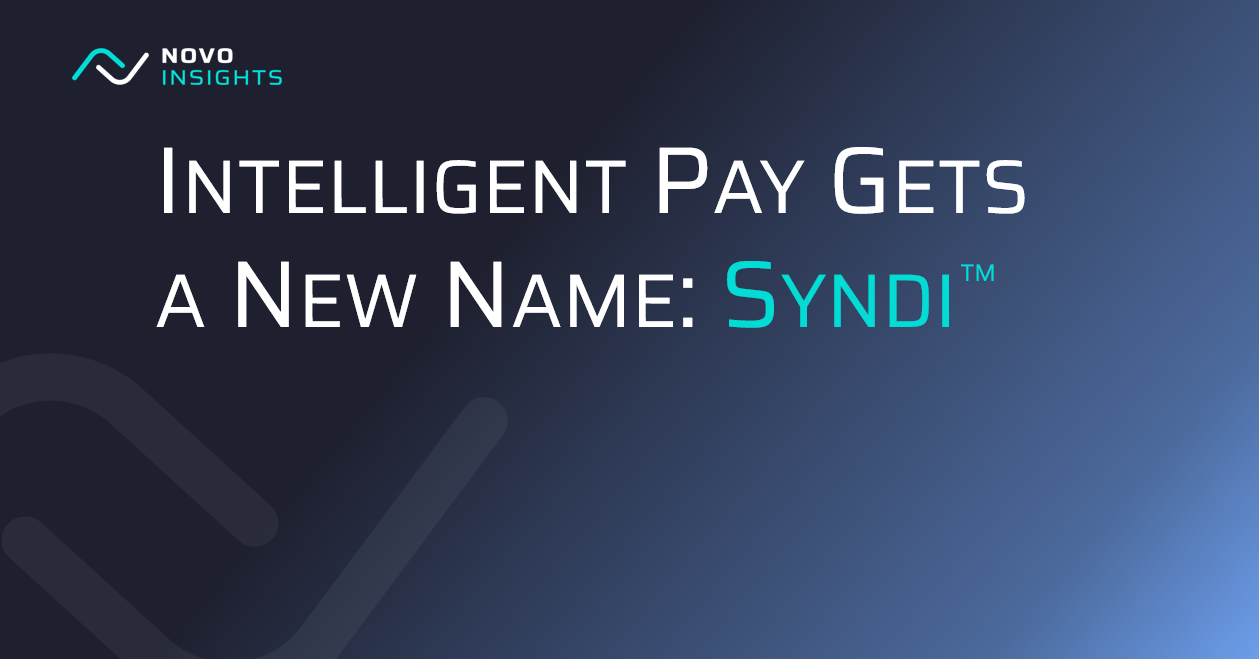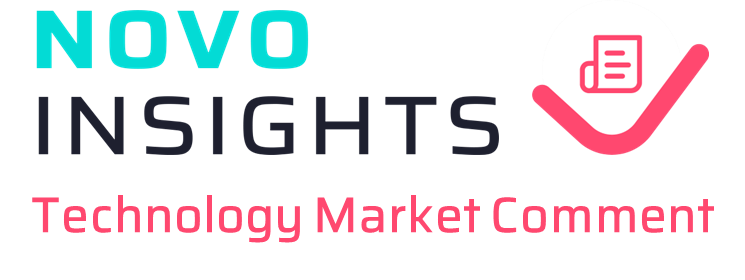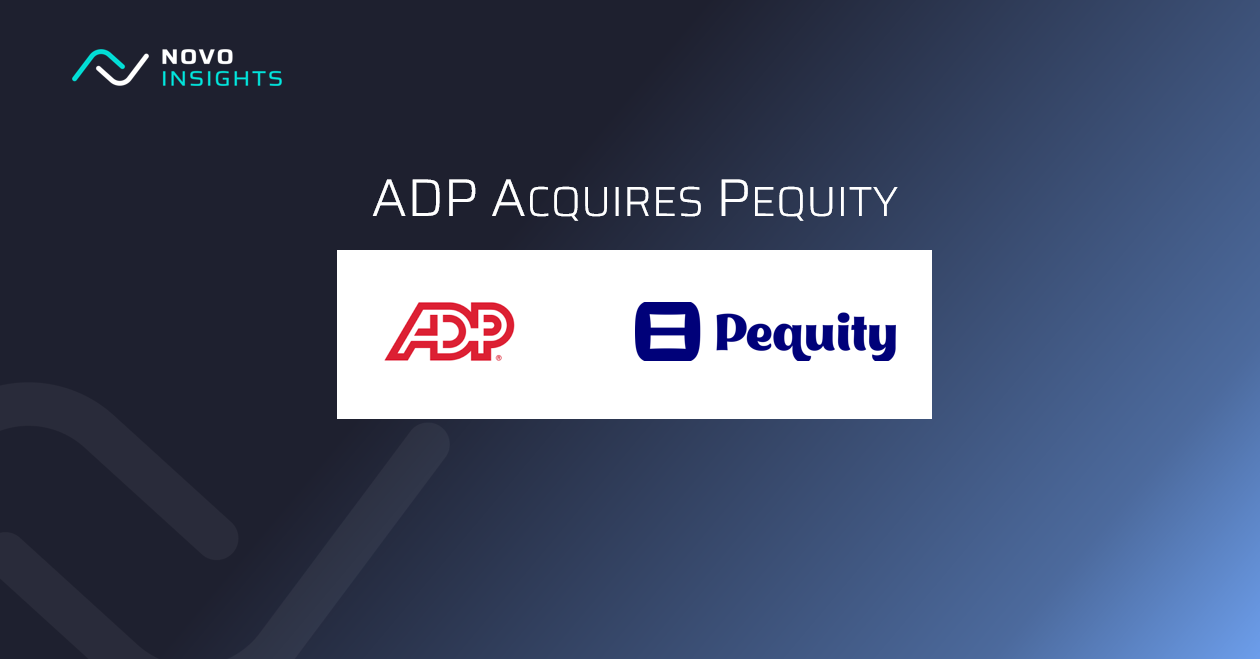The latest from Syndio is one we’ve been expecting — and welcoming. The company has officially rebranded its Intelligent Pay technology as Syndi, positioning it as the future of decision intelligence in compensation. Intelligent Pay was powerful, but let’s be honest — it wasn’t exactly rolling off the tongue. Syndi, on the other hand, has a name (and a personality) that fits its ambition.
For now, Syndi fits squarely in our “Offer Guidance” category. It helps organizations make smarter, more consistent decisions about new hire offers by analyzing data, organizational context, and internal equity tradeoffs. But Syndio’s vision is clearly bigger. Syndi isn’t just designed to automate calculations and suggest values within a range— it’s built to continue to learn from the decisions you make, and how those decisions reflect your organization’s priorities.
That’s an important distinction. Most compensation technology helps you apply rules, or first versions of AI-enabled CompTech are largely making market-first or rule-first recommendations. Syndi is being trained on judgment — the contextual layer that sits between data and human decision-making. Over time, it adapts to what matters most in your company’s pay story. Does your team consistently prioritize internal equity over market reference? Do managers tend to balance budget elasticity differently by function or geography? Syndi will observe those patterns and get better at anticipating what “good” looks like in your unique context.
Syndio’s rebrand underscores a trend we’re watching closely — the move from “pay analytics” to “pay guidance.” The tools that will win the next decade of compensation tech are those that don’t just calculate fairness, but contextualize it. The shift to decision intelligence reflects where compensation is headed: fewer static guardrails, more adaptive insights.
We’ll keep Syndi in our Offer Guidance lane for now, but we’ll be watching how it grows. Because if Syndio’s vision plays out the way they describe, this isn’t just an intelligent pay tool with a better name — it’s a signal of what pay decision-making might look like when the machines really start learning from the humans.



